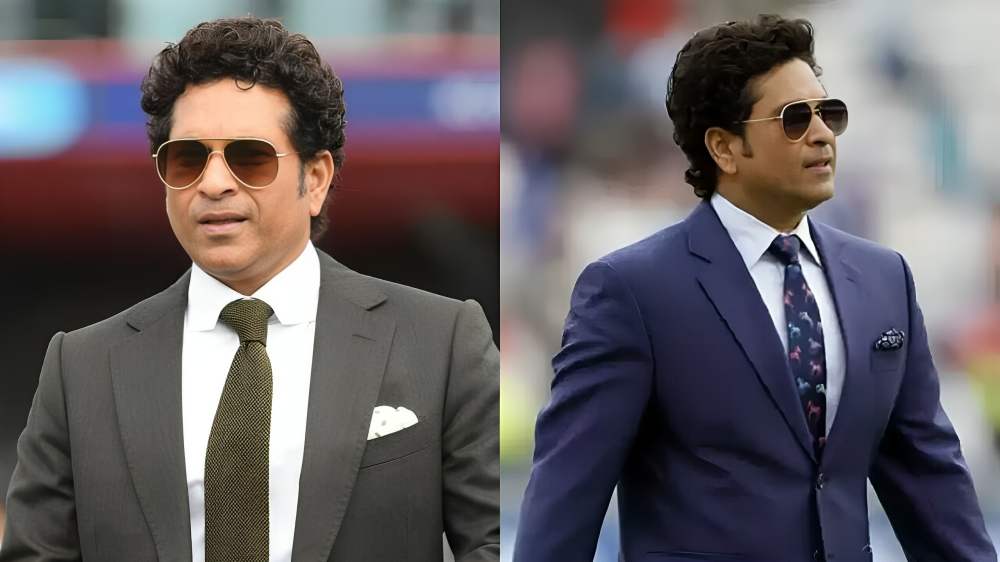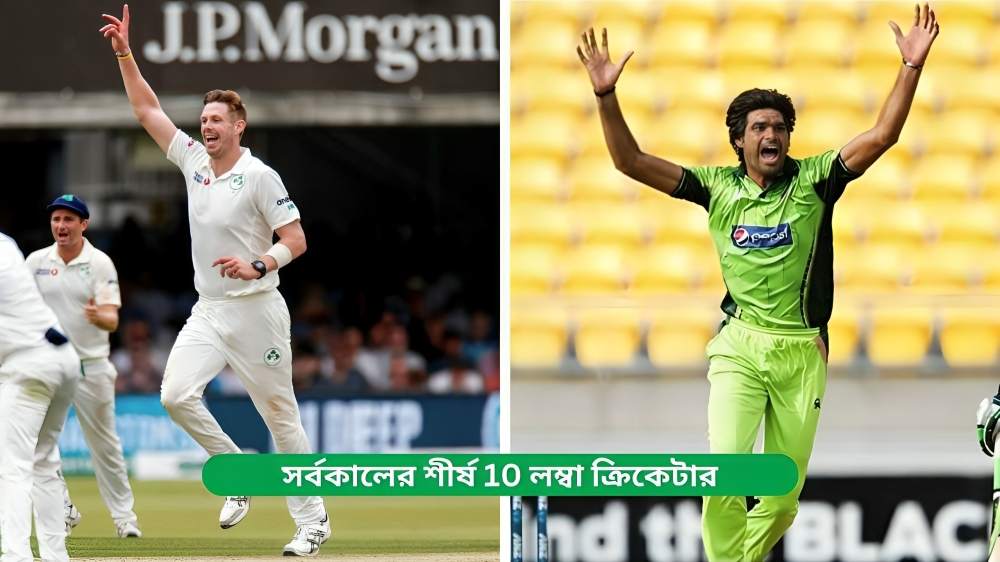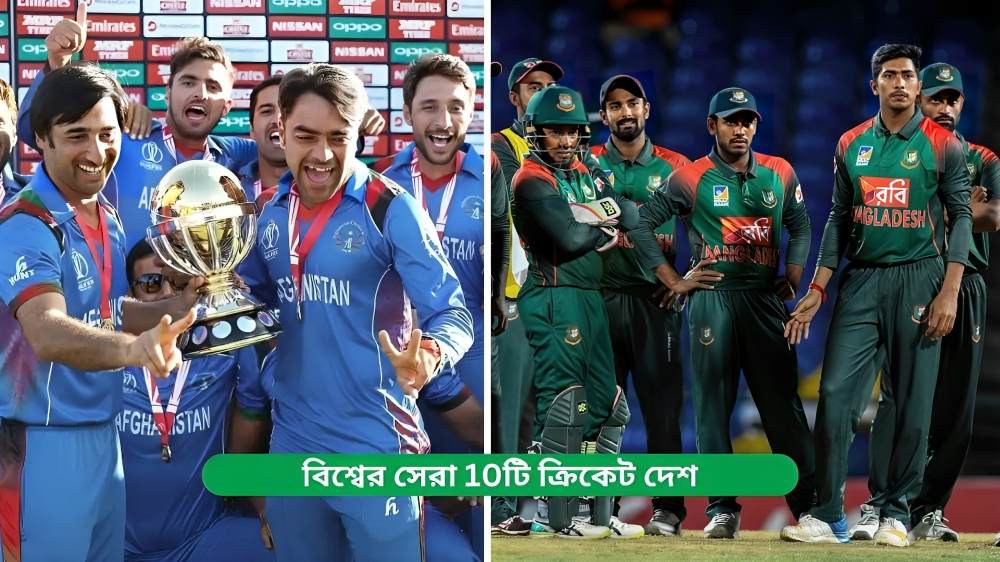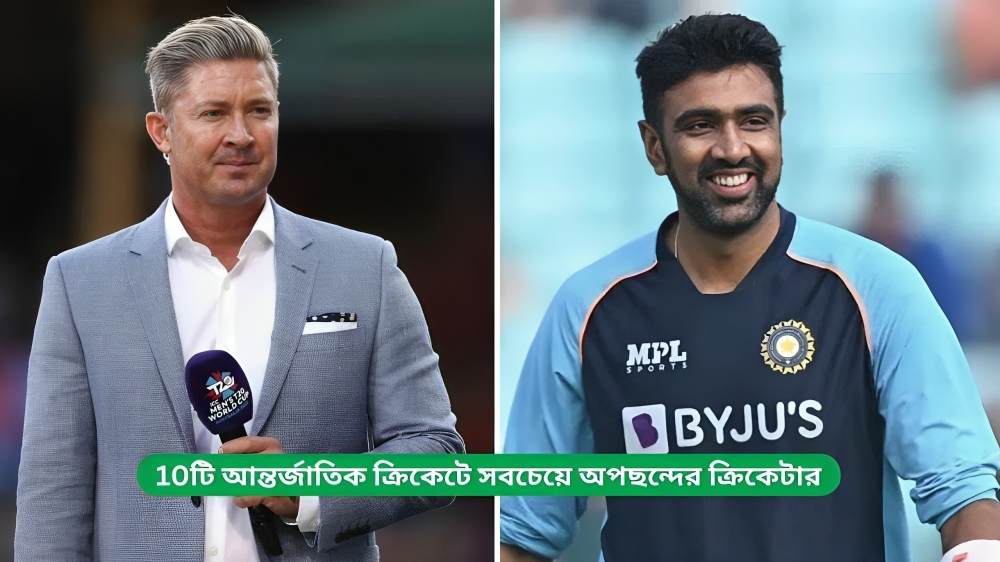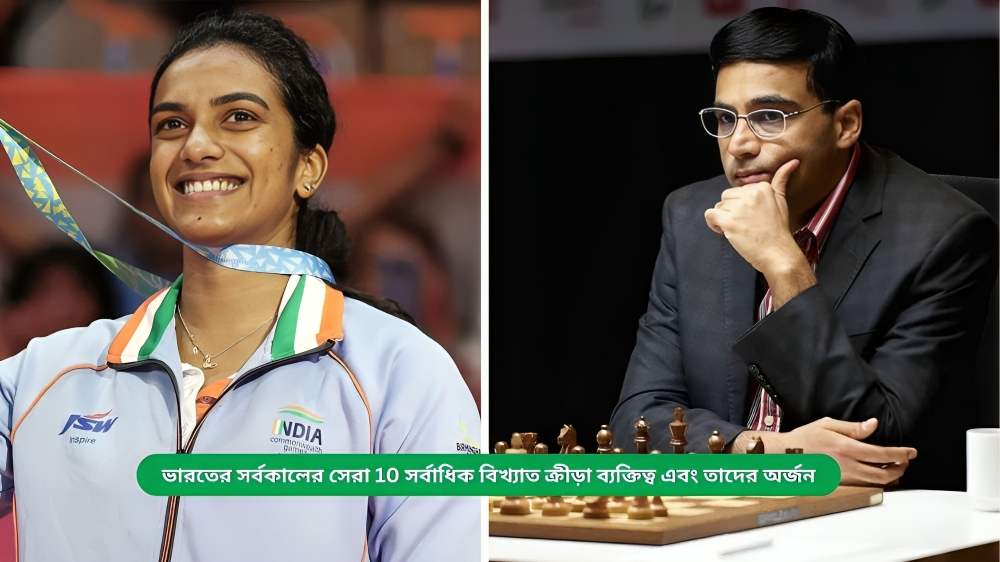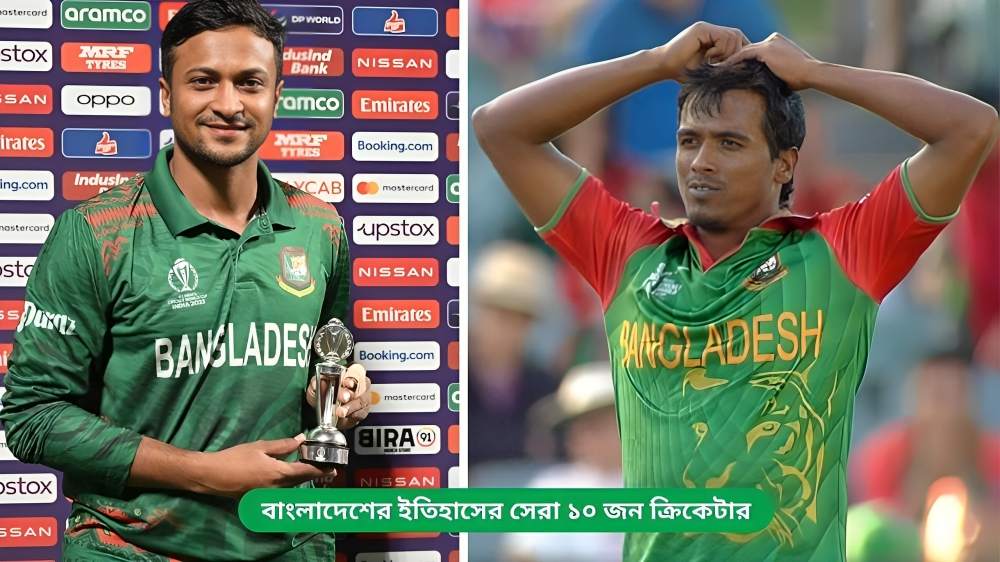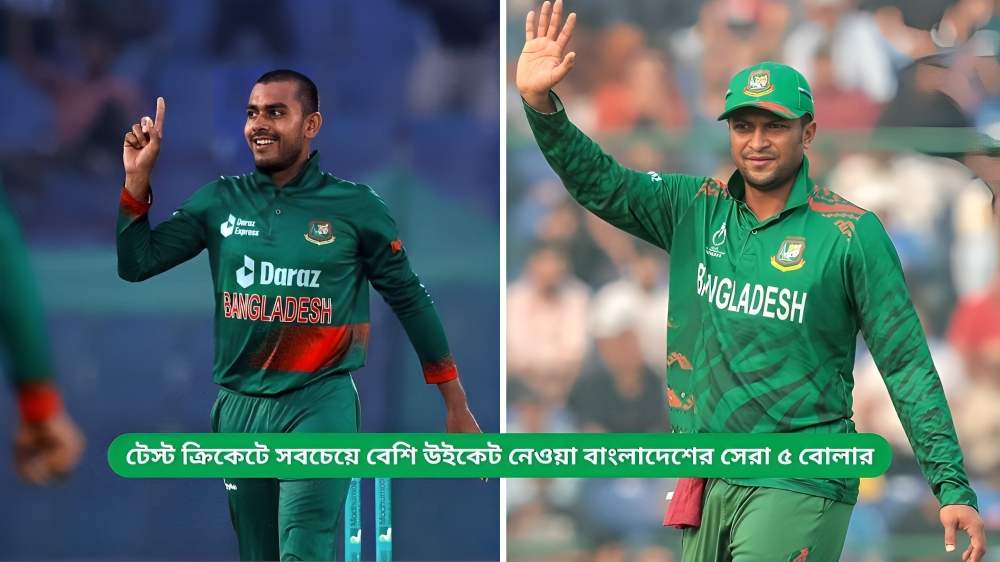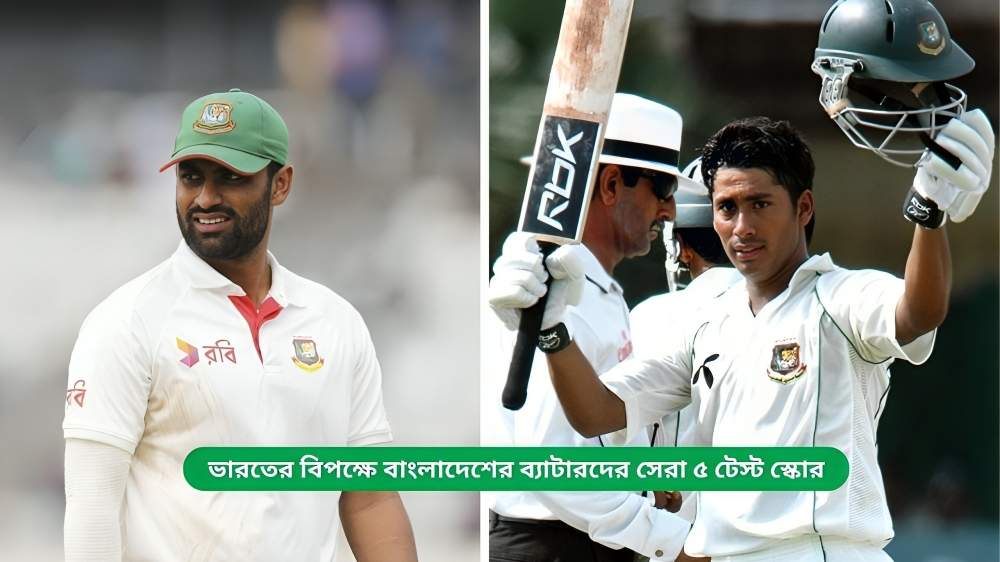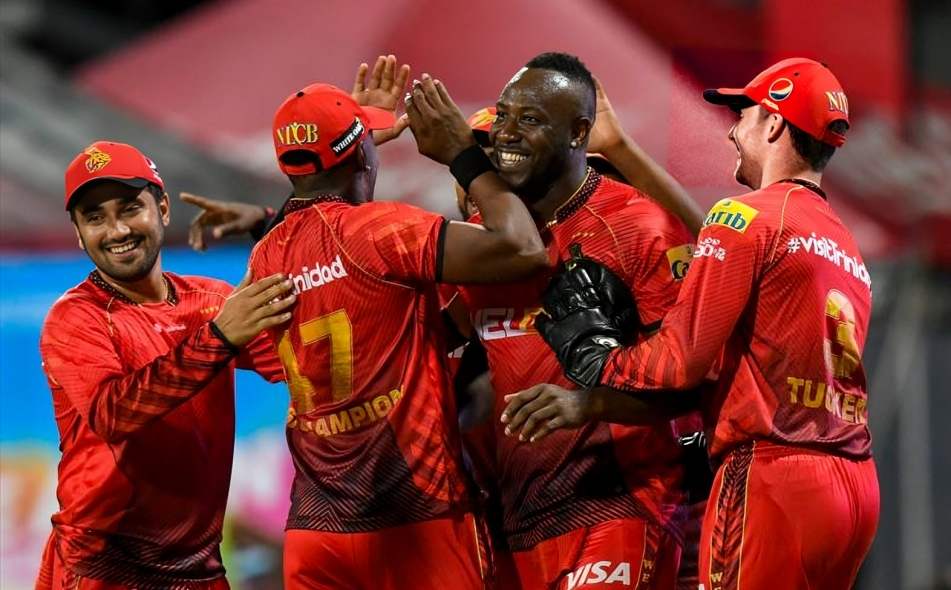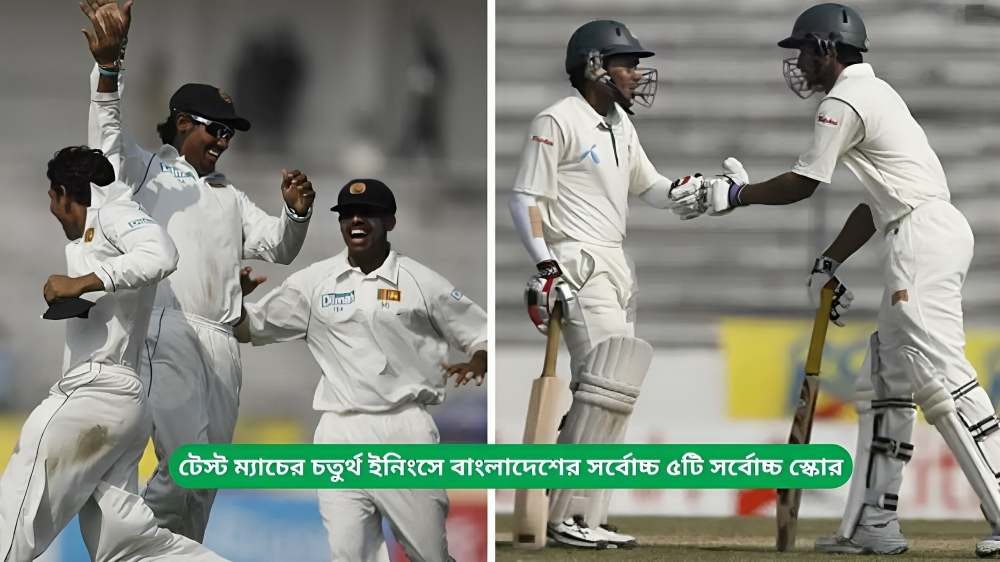There is only one format for these sports and the ball does not have much of a bearing on how the game is going to be played. However, in cricket, there are three formats and each of them has specific balls that have certain properties that can influence the game. There are different varieties of cricket balls that vary depending on size, weight, colour, texture, longevity, and many more distinct features.
Premium quality cricket balls are manufactured by attaching six rows of stitches combining the leather shell of the ball to the string and cork interior. A cricket ball is spheroid-shaped with a hard-leathered seam.
It is also one of the few sports where a set of players look after the ball during the match in order to maintain its shine as much as possible. Such is the importance of the condition of a ball in the sport.
A game always begins with a new ball. To be a bit more specific, a new inning always starts with a new ball. The on-field umpires keep a check on the condition of the ball and they have the right to change it when they feel it is no longer good enough to serve its purpose. Another instance when the ball is changed is when it gets lost. In that case, umpires will call for a new ball to replace the lost one.
History of Cricket Ball
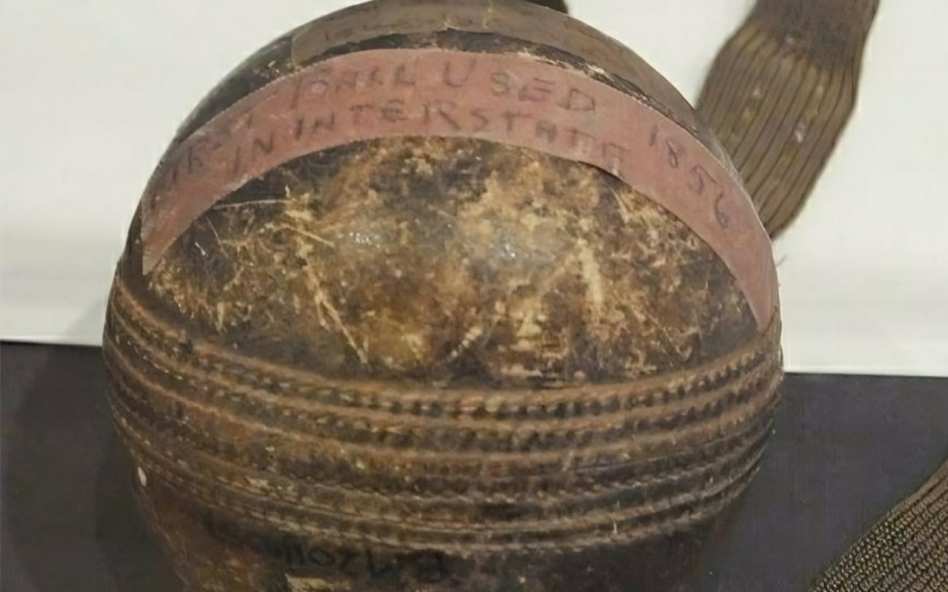
Between the years 1760 and 1841, the first set of manufactured cricket balls are believed to have been made by generations of the Duke family. They ran a cottage business at Redlead Hill in Penshurst, Kent, England during that time.
In the year 1775, Duke and son received the Royal Patent for their cricket balls from King George IV. In the 1780 cricket season, their six-seam ball was used for the first time and Dukes cricket balls are still being used today.
The Dukes balls were predominantly used around the world up until the outbreak of the second world war. They failed to hold onto their market in Australia as Kookaburra, a family-owned business of the Thompson family, bagged a contract from the Australian Cricket Board to manufacture cricket balls. From the late 1940s onwards, balls manufactured by Kookaburra began to gain immense popularity and they are currently the biggest manufacturer of cricket balls across the globe.
Red balls were the first kind of cricket balls that were used in Test matches as well as other kinds of competitive cricket until 1977. Slowly, with the advent of day-night cricket, white balls and pink balls came into the limelight. White ball’s purpose was restricted to day-night limited overs games while pink ball recently became the norm with the advent of day-night Tests.
White balls were used for the first time in 1977 in the World Series Cricket in Australia, which was founded by Kerry Packer. Pink ball was first used in 2015 during a Test match between hosts Australia and New Zealand.
Cricket Ball Manufacture
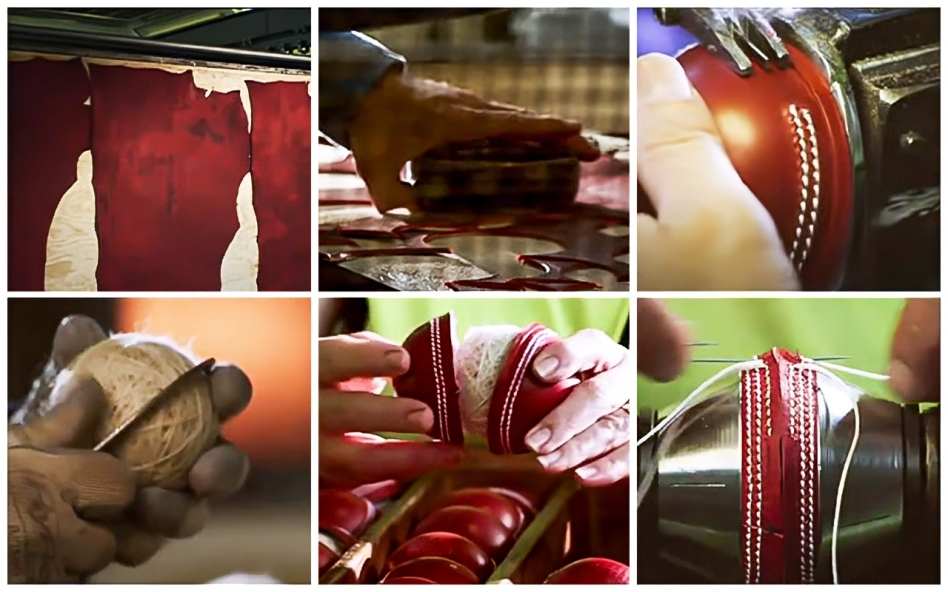
British Standard BS 5993 specifies the construction details, dimensions, quality, and performance of cricket balls.
A cricket ball is made with a core of cork, which is layered with tightly wound string, and enclosed by a leather case with a seam that is slightly raised on top of the outer layer. The seam runs down through the middle of the ball.
At the highest level of the sport, balls of the most supreme quality are used where the covering is made of four pieces of leather shaped similar to the peel of a quartered orange, but one hemisphere is rotated by 90 degrees with respect to the other. There are six rows of stitches. In lower-level competitions and for practice, a similar ball but with a two-piece covering is popularly used as they are comparatively cheaper.
There are mainly three premier manufacturers of cricket balls around the world. They produce a wide range of cricket equipments and players use those that suit them the best. However, in the case of balls, countries are quite specific regarding the manufacturers they deal with.
India, for instance, uses the balls made by a Meerut-based company called Sanspareils Greenlands, popularly known as SG. Kookaburra is an Australian sports equipment manufacturing company that is renowned for producing the most widely used brand of ball across countries. There is also a third and the oldest variant of cricket balls known as Dukes, which is made by a British sports equipment company, specialising in cricket equipment.
Over the years, there have been several modifications made to cricket balls and more innovations may arrive in years to come as new technologies are being developed every now and then. However, compared to bats, balls have undergone far fewer changes.
Cricket Ball Colour- White, Pink, Red Cricket Ball
There are three colours of balls being used in international and domestic cricket at the moment. White balls are used in limited-overs cricket while red balls are used in matches played over multiple days. A third colour – pink is also used in balls these days in international cricket. Pink balls are used in day-night multiple-day games as they are easier to spot at night compared to red balls.
A game always begins with a new ball. To be a bit more specific, a new innings always starts with a new ball. The on-field umpires keep a check on the condition of the ball and they have the right to change it when they feel it is no longer good enough to serve its purpose, or when it is lost.
In red-ball cricket as well as pink-ball cricket, a new ball is offered to a fielding team after 80 overs have been completed in an innings. On the other hand, in 50-over cricket, two new balls are used in one innings. In other words, from one end of the ground, one ball is used and from the other end, a separate ball is used. In T20 cricket, only one ball is used and it can be changed only if it loses shape or gets lost altogether. If a ball is changed owing to its deformed shape, a ball that is as old as the one lost but in shape is used to replace it and that call is taken by the on-field umpires.
The red ball, white ball, and pink ball have distinct characteristics.
Red Ball:
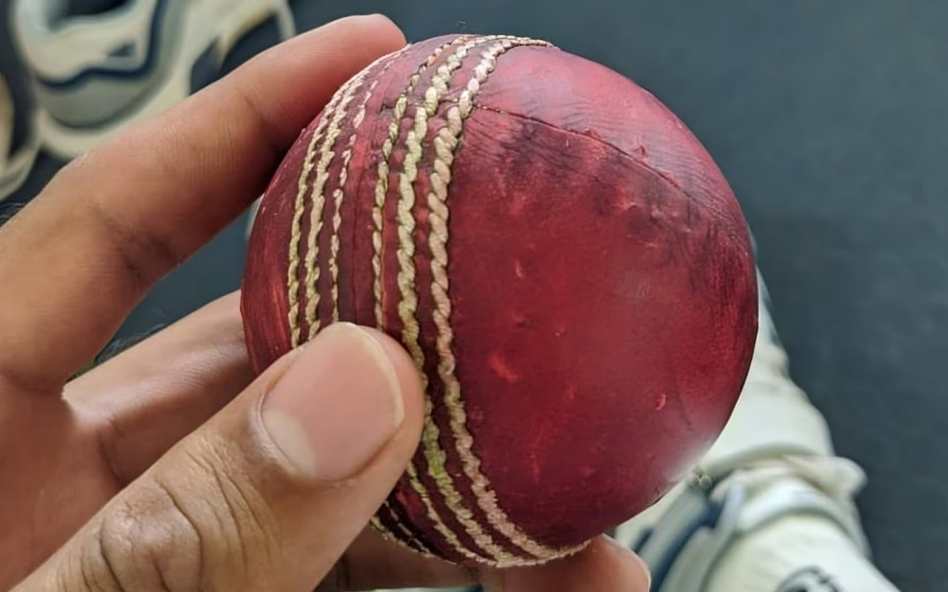
The red ball offers swing when it is new. Opening is considered the most difficult batting position in Test matches as batters have to deal with the swing that the new ball offers, subject to quality of bowlers, pitch and weather conditions. Once the ball gets old, it offers reverse swing for the bowlers. To reap the benefits of reverse swing, the fielding team has to work meticulously to maintain the shine on one side of the ball as the innings commences. The other side becomes rough due to wear and tear.
White Ball:
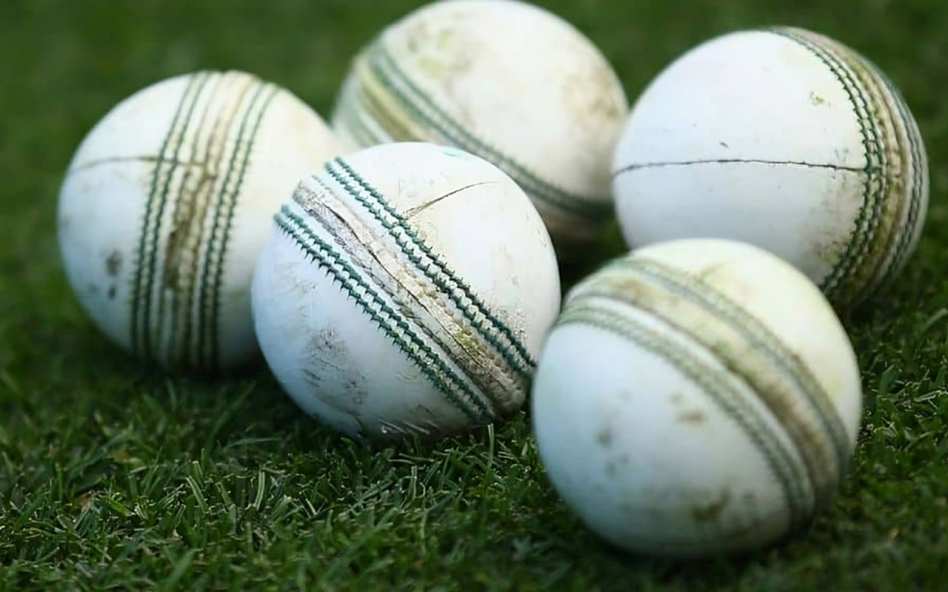
White balls are used in limited-overs cricket. This ball is not as durable as their red counterparts. They also don’t offer as much swing as the red ball. White ball’s famous debut came in 1977 in the World Series Cricket that was started by Karry Packer in Australia. The league introduced coloured clothing and floodlights as well.
Pink Ball:
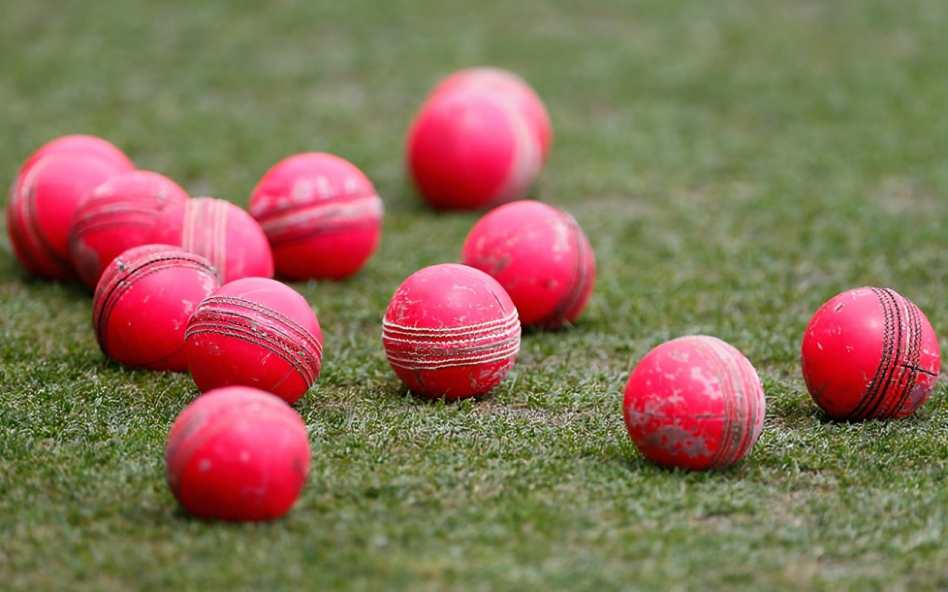
Pink ball was introduced to facilitate Test cricket under floodlights. The visibility of the ball, owing to its bright and vibrant colour, stands out at night. Pink balls swing more during the twilight phase and continue to do so as lights take full effect. Pink ball made its highly-anticipated international debut during the Test series between hosts Australia and New Zealand back in November 2015 in Adelaide.
Therefore, the different coloured balls in cricket have certain features that can have an impact on how the game is played.
Cricket Ball Brands
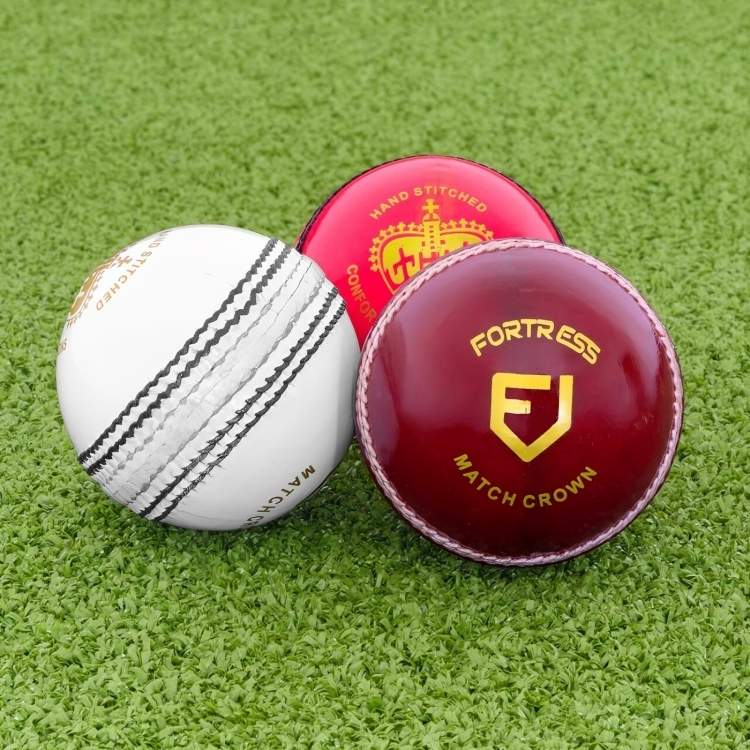
Cricket is one of the most popular sports, with millions of fans all over the world. The ball used to play the sport is a firm, solid ball with a cork core that allows the ball to touch and adds a nice bounce. The exterior of these balls is made of leather, PVC, or rubber, with premium stitching around the seam for a nice finish.
Kookaburra, Dukes, and SG are the three major manufacturers of cricket balls used in international matches. Kookaburra is manufactured in Australia and is used in matches played in Australia, New Zealand, South Africa, Pakistan, Sri Lanka, and Zimbabwe. Duke Balls are made in England and used in matches played in the United Kingdom and the West Indies. Meanwhile, Sanspareils Greenlands (SG) balls are manufactured in India and used in domestic matches.


